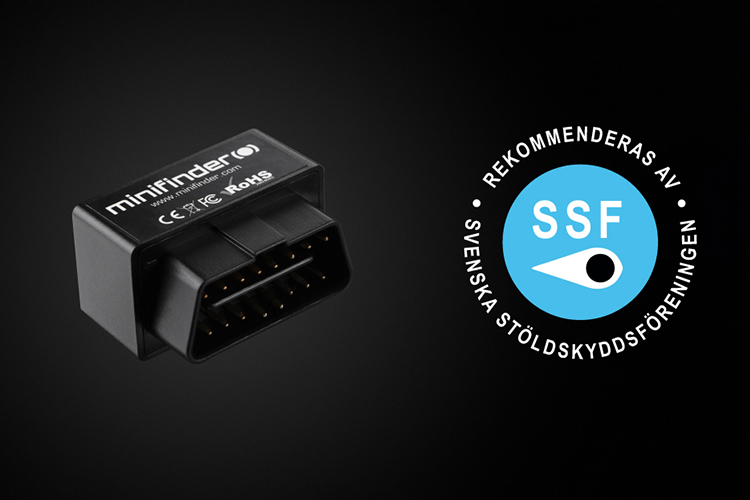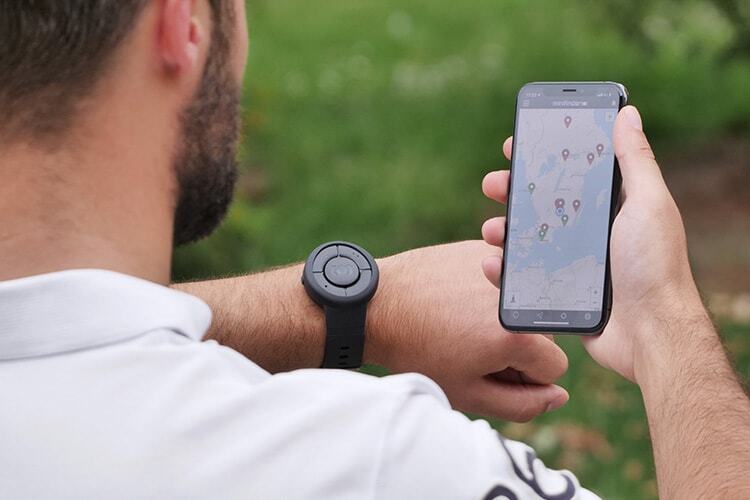
Jun 24, 2025
In the summer of 2016, a Swedish municipality began exploring the use of mobile personal safety alarms, driven by a desire to create greater freedom for both users and staff. The aim was to evaluate how GPS-based solutions could enhance independence and safety within elderly care. After initial trials with a few units, the use quickly expanded to cover most of the organization – from home care and dementia support to improving working conditions for staff.
From Individual Use to Broad Implementation
One of the first tests that demonstrated the potential of the technology involved a person with dementia who regularly took long walks but was unable to recall the route afterwards. With the safety alarm, staff could later review the person’s movements and offer better daily support. The user quickly expressed a greater sense of security, making it clear that this was more than just a trial – it was a tool for freedom and independence.
When the same person later moved to a care facility, the alarm was brought along. Later, this helped the entire care team realize its value, and the alarms were soon implemented throughout the facility and then across all units of elderly care.
“Quality of life and independence are the greatest benefits. Everyone’s individual needs are met thanks to the safety alarms from MiniFinder.” – Team leader in elderly care
Safety for Both Users and Staff - Discreet and Effective Support
Today, personal safety alarms are an established part of this municipality’s care services. They are used in home care, nursing homes, and dementia units – but also by staff working alone or in environments where there is a risk of threatening situations. One particularly appreciated feature is the two-way communication, enabling quick contact in both emergencies and everyday situations.
The system has been adapted over time, and the municipality now has a clear structure for who uses which type of alarm, how administration is handled within the system, and how follow-up is conducted. All new users are offered a personal alarm as part of their care plan, and staff have routines for activating and monitoring the use.
“It creates peace of mind for both the user and their loved ones. You know someone is keeping an eye out. Also, it is not just about sending an alarm, it is about feeling seen and safe, whether you’re a user or a team member.” – Team leader in dementia care
The alarm’s discreet design – which can be worn as a watch, around the neck, or clipped to clothing – makes it easier for users to accept and wear it daily. It helps maintain dignity and independence while providing a digital safety net for caregivers and relatives.
Long-Term Partnerships Deliver Results
Several Swedish municipalities have now worked with MiniFinder for more than seven years. This case became customers in 2016 when mobile safety alarms were first introduced through MiniFinder. Over time, one municipality has gradually implemented the alarms across its entire elderly care system, while another began using them in 2018 and has since expanded to both staff and users. In both cases, they highlight strong collaboration, responsive support, and the adaptability of the technology as key success factors.
“It’s invaluable to have a partner who listens, understands our needs, and continuously develops the solution.” – Team leader in municipal care services
This article is based on an interview with a Swedish municipality that chose not to be named. Contact MiniFinder to learn more about how safety alarms are used in practice and get inspired by real-life digitalization journeys.



